-

How to create (and test) an app update listener
Running code when your app updates can be a useful marketing tool, and a reliable way of enabling new functionality only when the user updates.
-
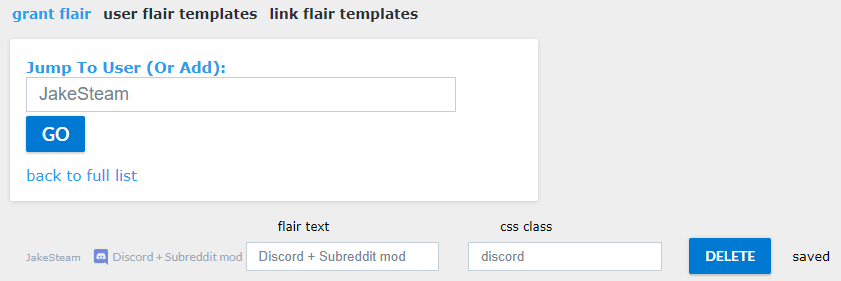
How to create HD image flairs, with accompanying text, on your subreddit
Over on /r/AndroidDev, we’re shortly going to be hosting AMAs from a few prominent devs. In preparation for this, I wanted to revisit Reddit’s user flair system, so users can have their employer’s icon. Whilst I’ve assigned plenty of flairs over on /r/Android, I’ve never actually created one from scratch. The end result of this tutorial will be the ability to easily give your subreddit’s users custom image flairs, whilst allowing them to add their own text.
-

Tutorials overview for Retrofit
Whilst I’ve used Retrofit before, I’d always just used the very basics and not thought much about it. Hey, it’s just the API interface, who cares right? I decided to check out a few implementations of the basics, making a repo along the way. This GitHub repo is available here, and contains completed versions of most of the tutorials listed here.
-

Tutorials overview for Dagger 2
Whilst I’ve used the dependency injector Dagger 2 a few times before, my knowledge was very much gained “in the field”, i.e. from seeing it in the wild. I recently decided to learn how to use it properly, so worked through a few of the more popular tutorials inside a repo. This GitHub repo is available here, and contains completed versions of all of the tutorials listed here.
-
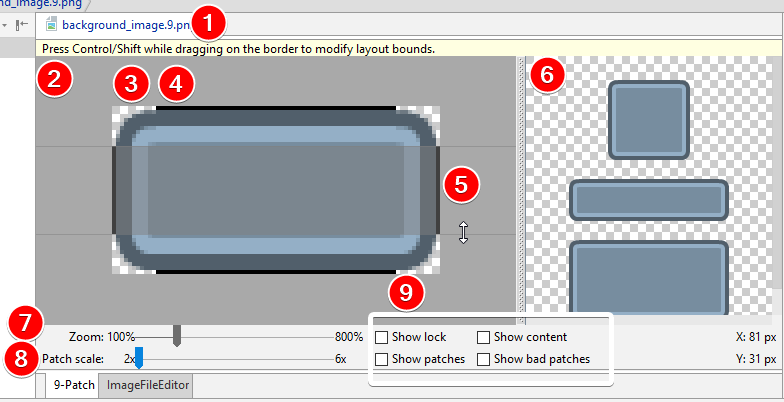
How to use 9-patch images for resizable backgrounds in Android
In Android, almost all views can have a background colour or image set. Whilst a colour can be any size / shape, as can a vector drawable, a bitmap drawable cannot. For example, trying to make a 100px wide & 100px tall image 500px wide and 50px tall would result in a blurry, and horribly distorted background.
-

Using Dyno to create a Discord command that displays a message and DMs a specified user
Dyno is an extremely powerful bot for Discord, with a staggering set of features, split into modules. One of the easiest to use is the “Custom Command” module, allowing actions to be taken in response to messages in chat. Setting up Dyno to a server you have “Manage server” permissions on is very straightforward, just click “Add to server” on Dyno.gg, then follow the instructions.
-

How to disable your app's preview image in Android's task / app switcher
The easiest way to disable your app’s preview when your app is shown in task switcher is FLAG_SECURE.
-
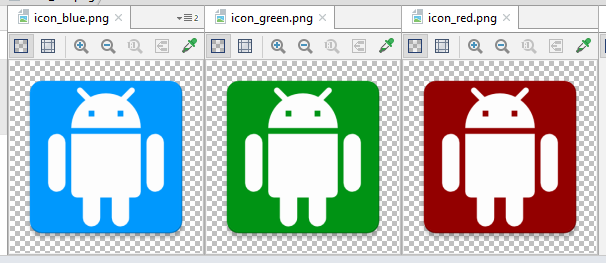
How to programmatically change your Android app icon and name
In Android, your app’s icon is a crucial part of your project. It’s what grabs the user’s attention first, identifies your app amongst the sea of competitors, and is the most important piece of visual branding. However, usually this icon is defined in your manifest, then never changes except through update.
-
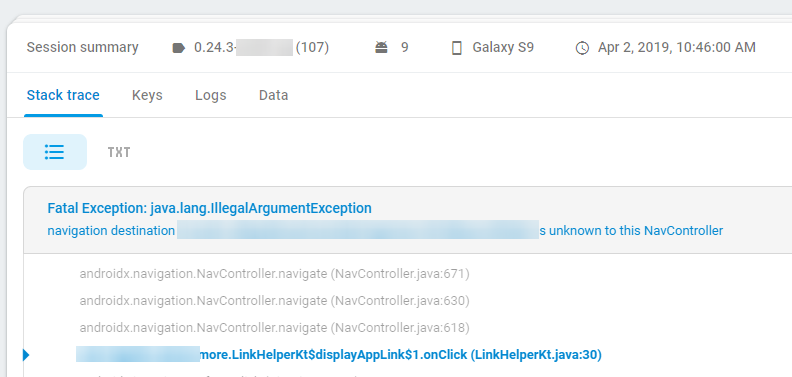
Resolving crash "IllegalArgumentException x is unknown to this NavController"
Google’s AndroidX navigation libraries are undoubtedly extremely useful, however they have a few quirks. For example, the following stack trace recently started showing up in my Crashlytics crash logs:
-
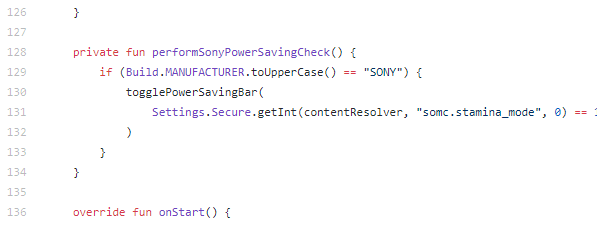
How to check if a Sony Android device has "Stamina mode" enabled
Whilst detecting power saving mode (at least on Lollipop+) is very easy, some manufacturers implement their own battery saving systems. One of the least standards-conforming of these is Sony’s Stamina Mode. Luckily this is easily detected, albeit in an unofficial way.